Types of TeaUpdated 9 months ago
All tea comes from the plant Camellia sinensis. The variety and difference among teas is created by the length of time leaves are oxidized, the browning of the tea leaves when exposed to oxygen, and how they are processed.
The five primary types of tea are White, Yellow, Green, Oolong, Pu erh and Black Tea.
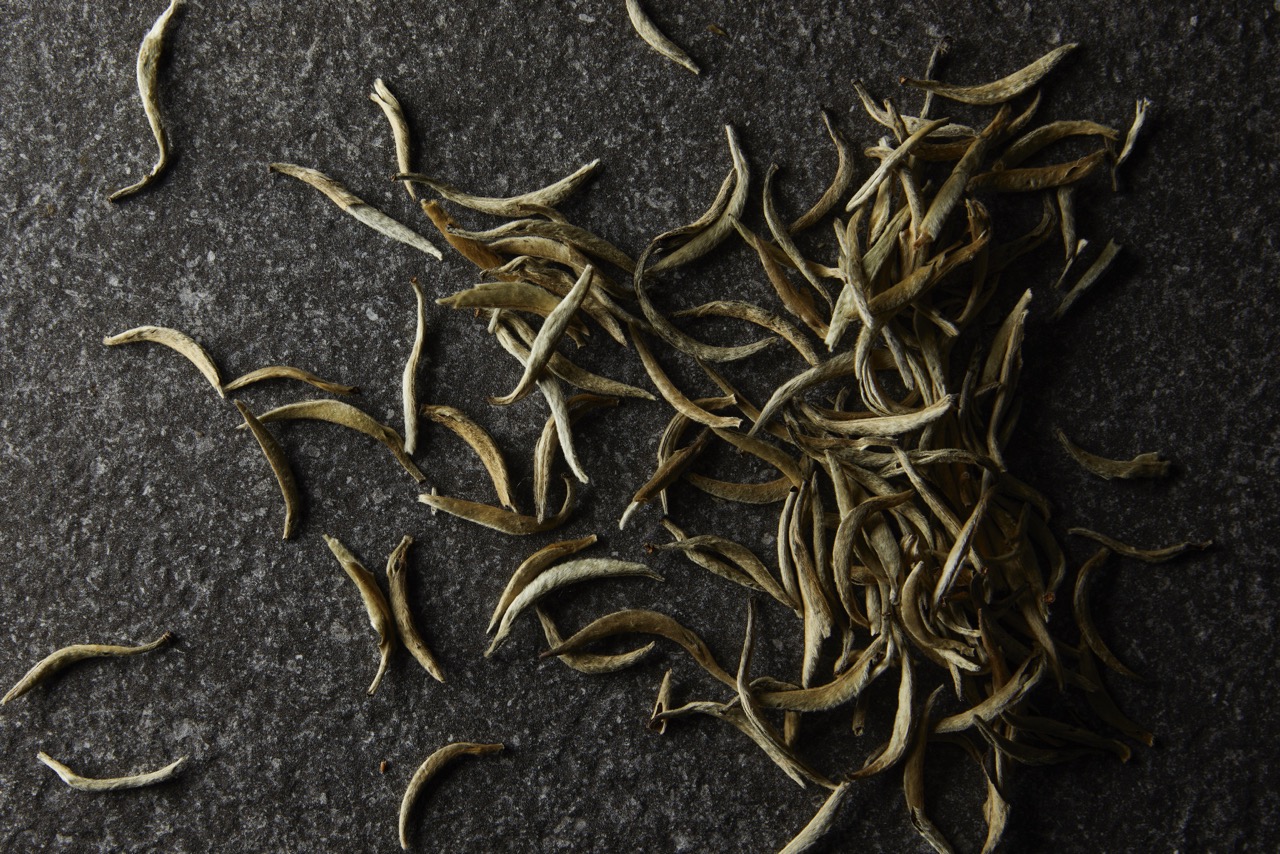
White tea is also from the Camellia sinensis plant but is typically from the early part of a new season harvest (or flush) and comprising of new immature tips and leaves. White tea undergoes minimal rolling and processing and is not usually withered. Its name derives from the fine white hairs on the unopened buds of the tea plant, which gives the plant a whitish appearance. The resulting tea liquor created during infusion is also light or whitish in color.
Tasting Notes: Smooth, Sweet, Luscious
Popular Flavors: White Peony
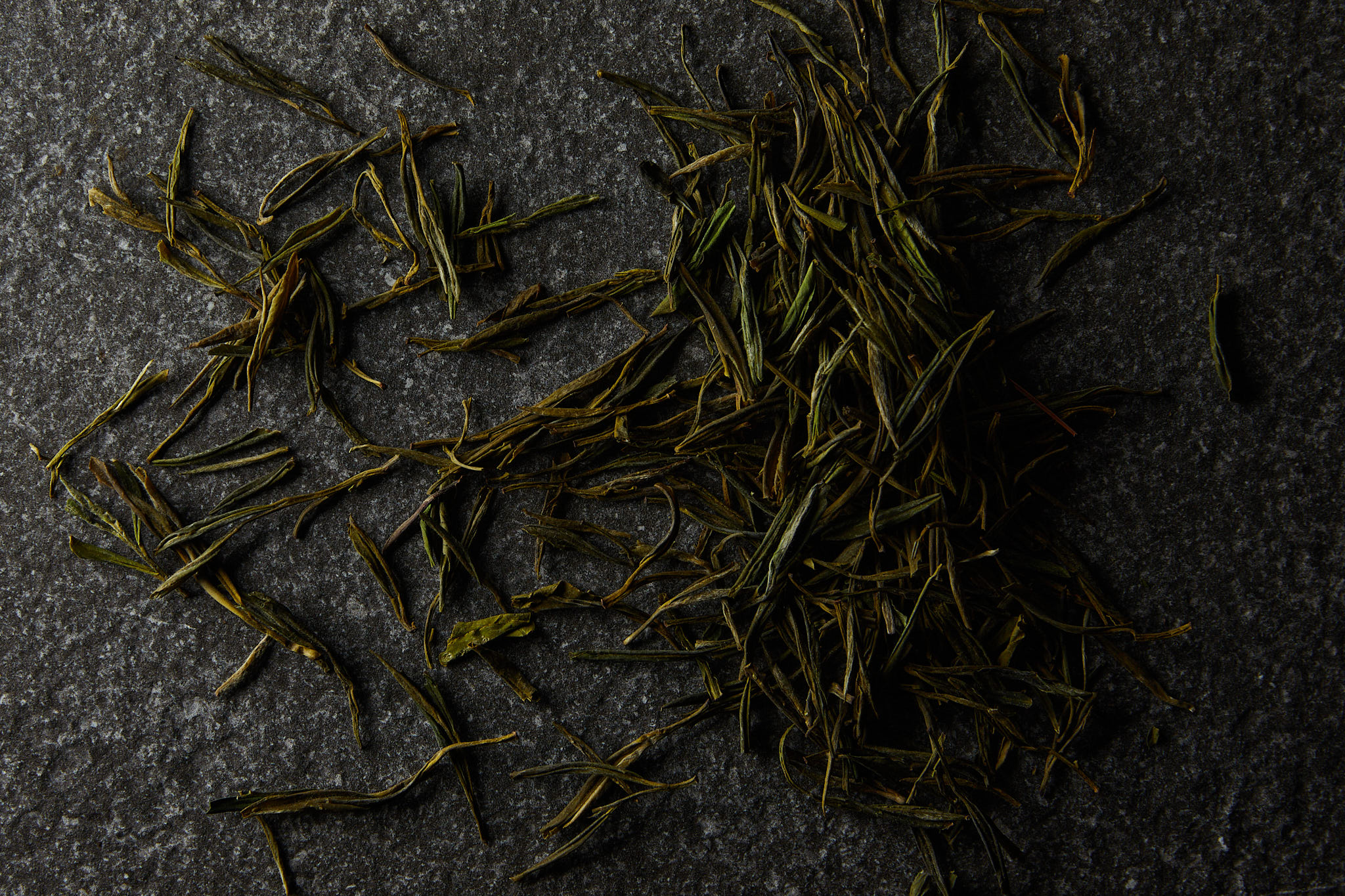 Yellow Tea
Yellow Tea
The process for making yellow tea is similar to that of green but with an added step of encasing and steaming the tea. This allows the tea to oxidize at a slow rate for a short period before the tea is heated fully to denature the oxidizing enzymes, producing a far more mellow taste than is found in most green teas
Tasting Notes: Smooth, Sweet, Luscious
Popular Flavors: Huoshan HuangYa, Yunnan HuangYa
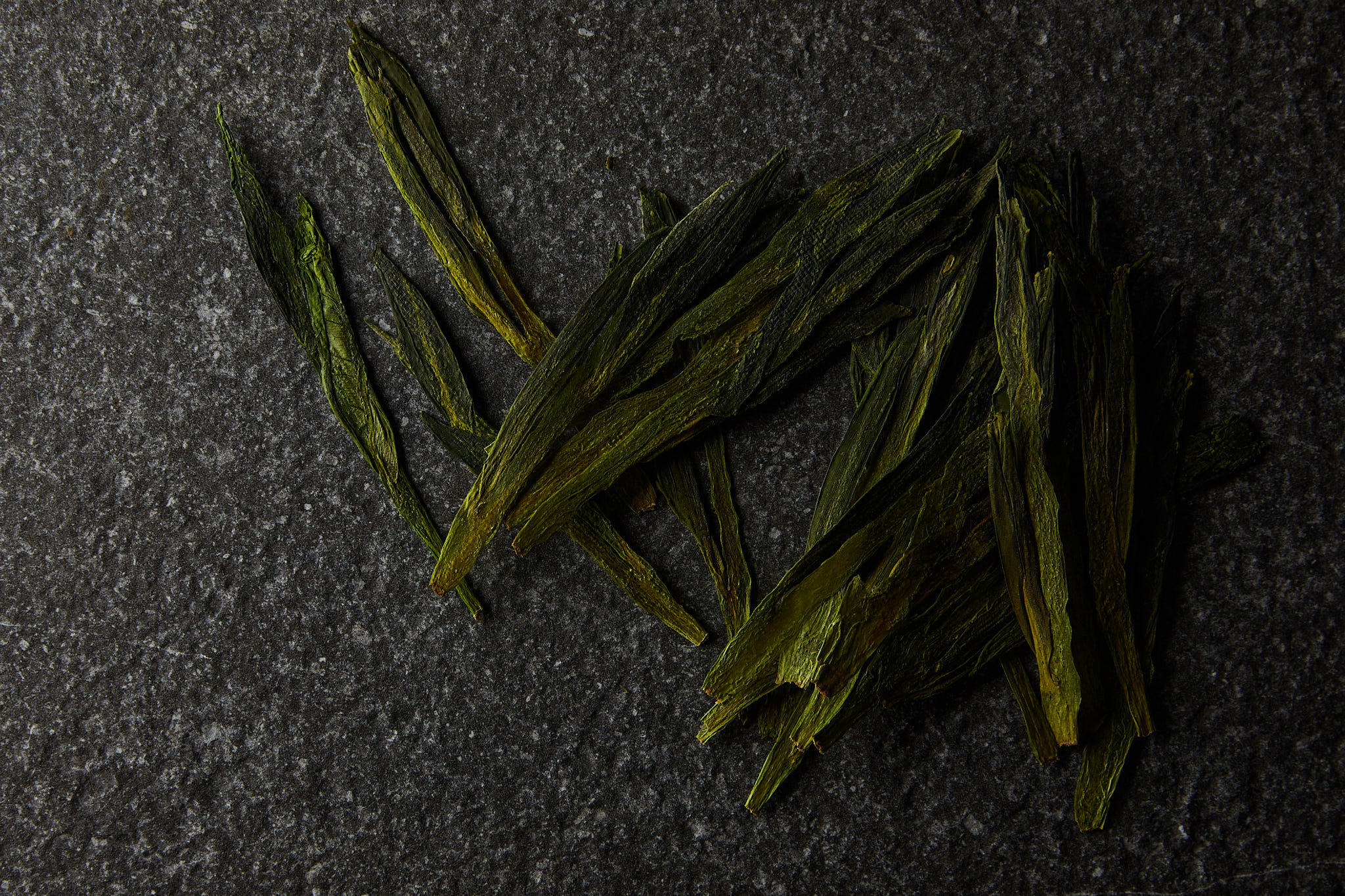
Green tea is made from unfermented leaves of the Camellia sinensis plant. Unlike oolong tea and black tea, green tea does not go through the oxidation process - heat is applied to the leaves to neutralize the oxidative enzymes before oxidation is able to take effect. The resulting liquor of infused green tea is typically light and pale in color, often with a green hue.
Tasting Notes: Grassy, Leafy Greens, Bright
Popular Flavors: Matcha, Sencha Green, Gunpowder Green, Green Longjing, Jasmine Dragon Pearls, Genmaicha
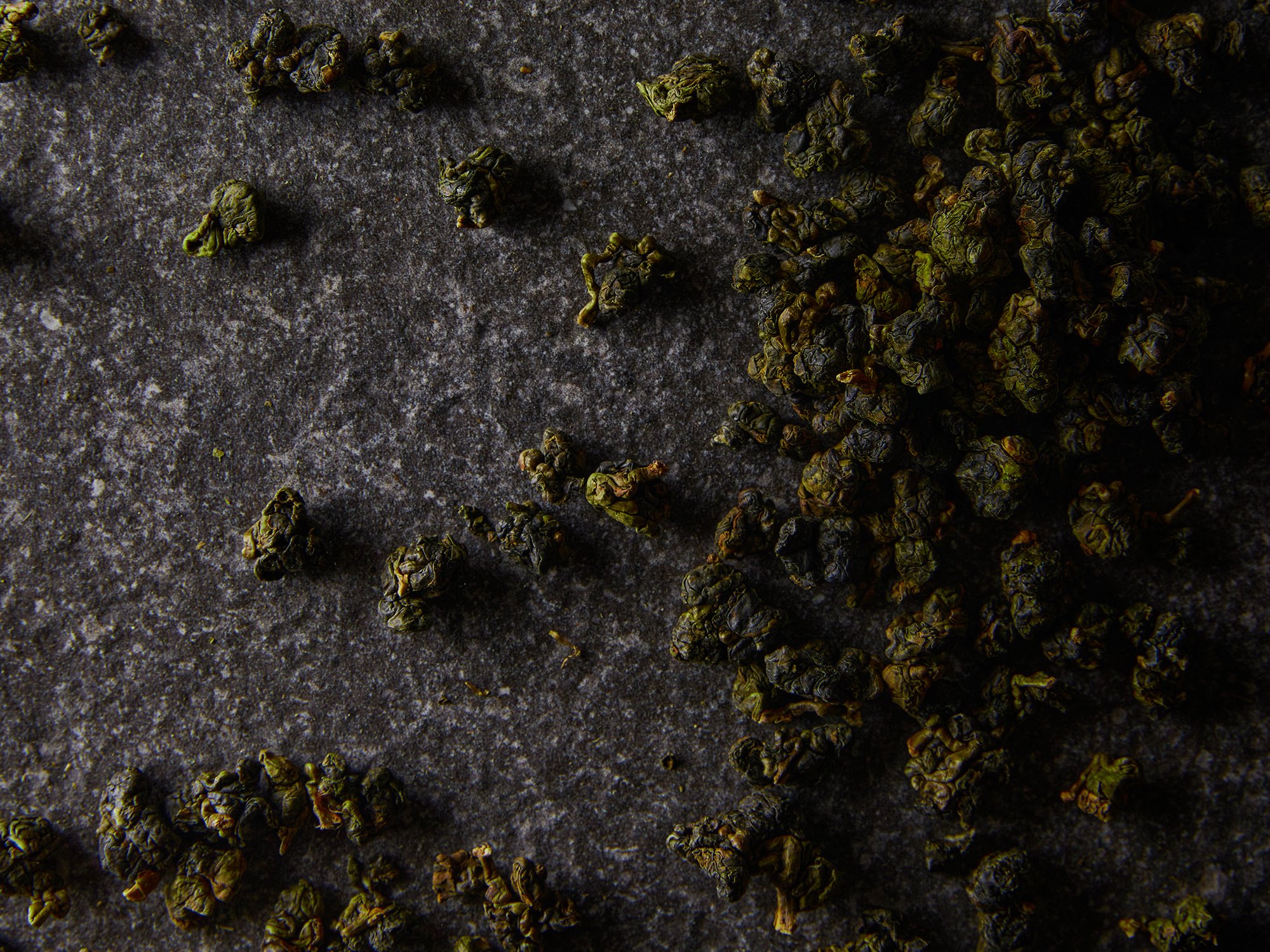
Oolong tea is a semi-oxidized tea, which oxidation falling somewhere in between green (not oxidized) and black tea (fully oxidized) typically in the range of 8% to 85% depending on the style of tea being made. Most oolong tea use tea plant cultivars specifically chosen to product oolong. During production, the leaves are typically kept as whole leaves that can either be compressed into balls or rolled into whole leaf strips. Oolong tea can be roasted to varying degrees to bring about alternate flavor characteristics (floral an aromatic to lightly toasty, to dark golden roast). Less oxidized oolongs offer a more fresh green tea taste, whilst heavily oxidized oolongs present a more malty tea flavour.
Tasting Notes: Depending on Oxidation Level
Popular Flavors: Gaba Oolong, Yushan Oolong, Eight Immortals
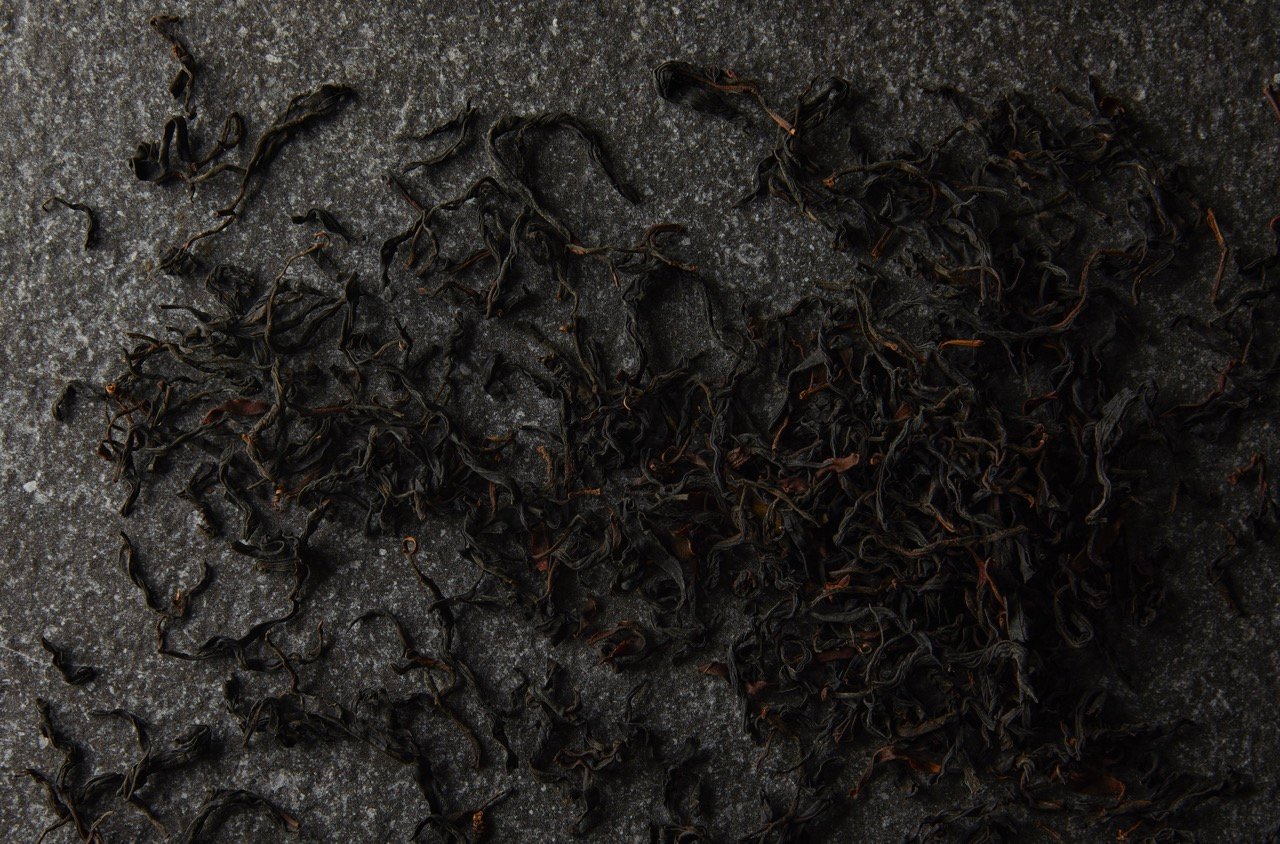
Also referred to as red tea in China, a description of the color of the liquid. In contrast, the English term black tea refers to the color of the oxidized leaves. Black tea is considered to be fully oxidized, although there is still a range of oxidation possible in manufacturing black tea. To produce black tea, the tea is rolled and left to rest (typically for a period of 2 to 2.5 hours) in a warm damp environment to promote oxidation. Heat is applied to the tea once the desired level of oxidation has been accomplished.
Tasting Notes: Malty, Full-Bodied, Uplifting
Popular Flavors: English Breakfast, Earl Grey, Assam #8 Hong Cha, Masala Chai, Giddapahar Darjeeling, Wild Ancient
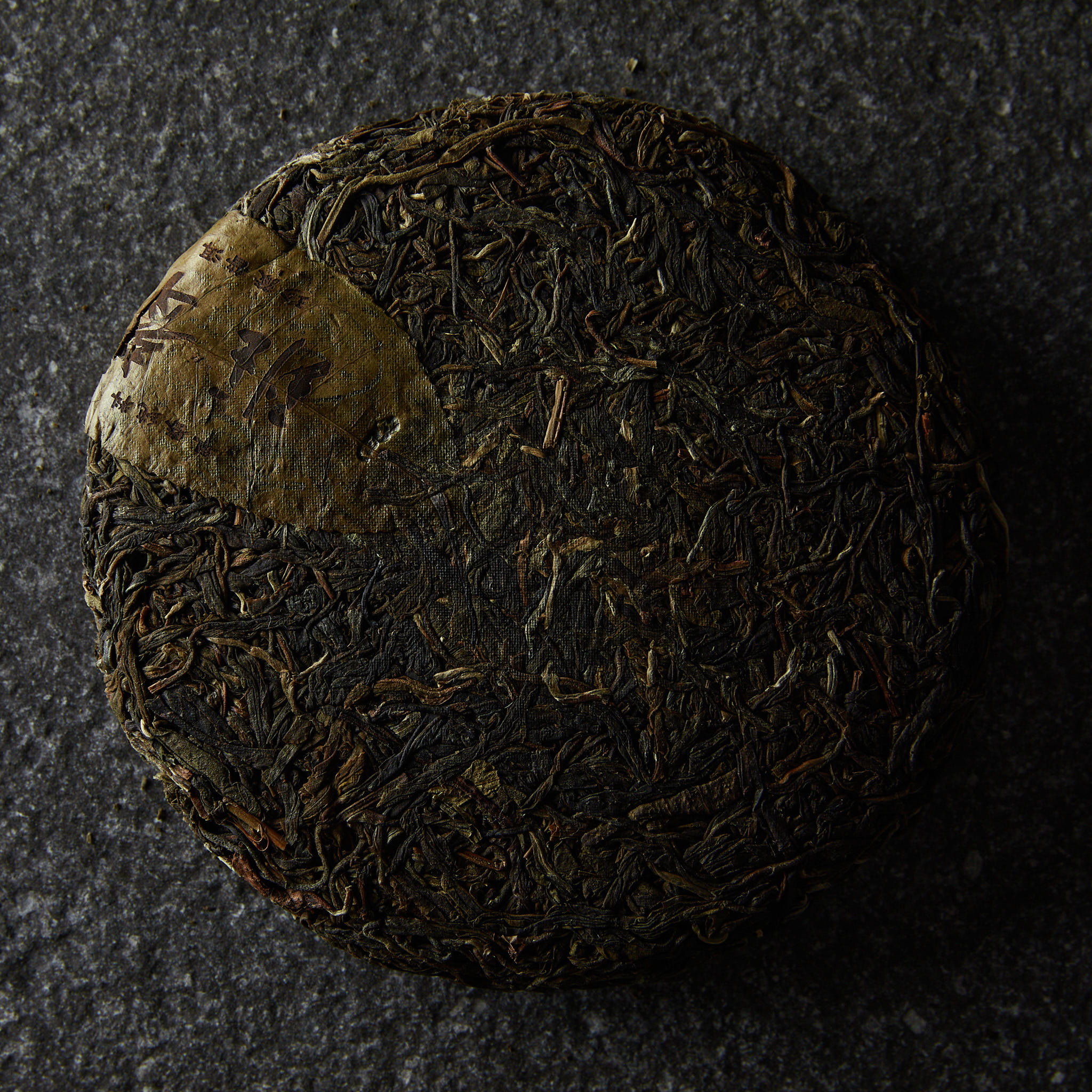
Pu erh tea is a type of fermented tea originating from Yunnan province in China, where it has been grown and consumed by the many ethnic tribes for over 1,750 years. During the Tang Dynasty (618-906 AD), tea producers formed the tea into a compressed cakes which allowed the tea to be transported without breakage when being shipped to trading destinations. Over time Pu erh tea was pressed into various different shapes including discs (bing), bricks (zhuan), bird's nests (tuo), square (fang), mushroom (jin), melon (jingua), or can be left loose (san).
Pu erh comes in two varieties, the traditional raw (sheng) tea, or cooked (shou) tea. Sheng Pu erh requires aging to fully mature and turn into a rich brown/black colour. This process can take 10+ years and develops complex characteristics as it ages. Shou Pu erh undergoes a secondary fermentation process which takes only months to complete, and produces a tea similar to that of the naturally aged Sheng Pu erh, but with less complexity.
Tasting Notes: Smokey, Tobacco, Floral
Popular Flavors: Liu Bao, Dragon, Suixi Sheng Pu erh Cake